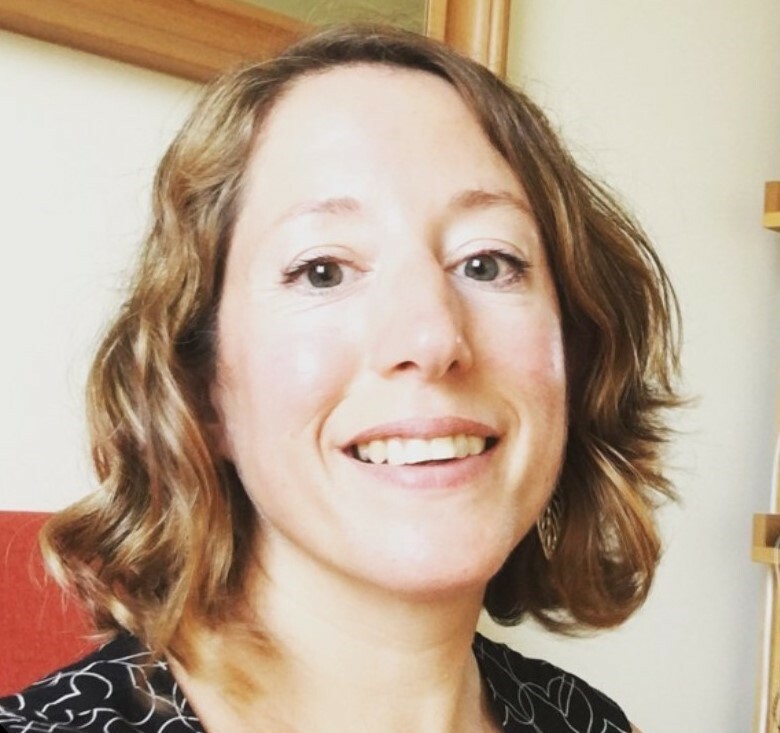
March 2024
Along the English Channel, land and sea interact along the landscape of the south coast. An ecosystem restoration strategy for chalk grassland restoration, across the South Downs from Brighton, along the coast to Seaford and Eastbourne would contribute to rich onshore habitats and offshore water quality.
The Marine Conservation Zone would enjoy enhanced protection by increasing water quality via filtration through healthy chalk aquifers. Back on land, chalk grassland restoration creates a botanically-rich habitat that supports abundant invertebrates, particularly the insects providing crucial forage to starlings and a host of wild birdlife, as well as mammals, reptiles and amphibians. With pesticide control, an increased starling population could protect the return of awe-inspiring murmurations. Low key festivals could celebrate this winter-based natural heritage. Restoration of chalk grassland and grazing marsh could allow low intensity, high-welfare cattle and sheep grazing and organic dairy, cheese, wool and lanolin production, and contribute to the conservation of rare breeds of sheep, cattle and ponies.
A vision for nature could also encompass public amenity via public footpath enhancements: way markers and interpretation boards along cycle and rambling tracks, seagrass, reef and kelp bed restoration to create close offshore wildlife habitats, opportunities to protect and observe marine mammals, further efforts to tackle sewage releases to bring back greater incidence of bioluminescence, and dark skies for star gazing.
All this is an idyllic vision, and with the recent Government announcement of a super National Nature Reserve, the Seaford to Eastbourne Nature Recovery Project, large-scale vision is clear at the centre of Government. It’s not only desirable, but essential to support nature recovery, healthy ecosystems with clean air, soil and free of light pollution.
However, the opportunity will require policy levers, funding incentives, and political will to make it a reality:
Some questions will remain
Could sites await ecological restoration, until they may, or may not benefit from future policy or funding streams? If important habitats do not fall within the priority areas identified by the Local Nature Recovery Strategies, will ecological restoration and conservation management be prioritised?
With nature in decline across the country, national policies and funding will be essential to support local action on the ground, to recover nature by 2030.
Background
Species-rich chalk grassland on the South Downs contribute to ecologically rich habitats in all four geographic directions:
The Living Coast, a UNESCO biosphere project where nature and people come together across the Downs, towns and coast of Brighton and Lewes, starts to emphasise the iconic natural potential of the region, and could now be extended to encompass globally important, but threatened habitats in and around Eastbourne and Pevensey.
Julie Bygraves is a policy consultant and writer, with eighteen years’ experience in central government, translating complex information and ideas into briefings for Ministers and senior officials, and simple communication tools for the general public. Julie has an ecology training through her degree, and a Masters in Ecological Management from Imperial College London.
You can follow her at @JulieBygraves on X and @wildbourne_ebn on Instagram.
The opinions expressed in this blog are the authors' and not necessarily those of the wider Link membership.

Latest Blog Posts